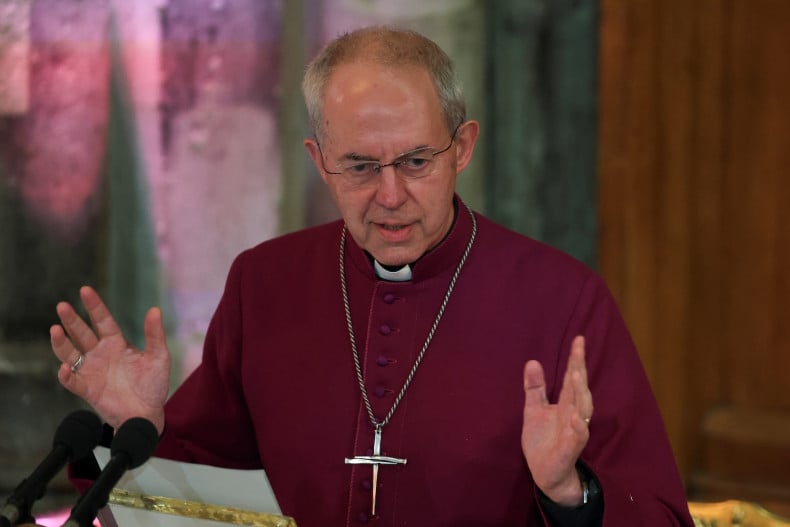Prime
Govt plans to cut next budget by Shs14 trillion

Ramathan Ggoobi says the 2025/26 resource envelope is projected to amount to Shs57.4 trillion. Photo / File
What you need to know:
- The preliminary resource envelope for the 2025/26 budget is projected to amount to Shs57.4 trillion, at least Shs14.7 trillion lower than the current budget of Shs72.1 trillion
Government has put the 2025/26 budget projections at Shs57.4 trillion, which is Shs14.7 trillion lower than the current budget.
In May, government revised the Shs58 trillion budget for the 2024/25 financial year to Shs72.1 trillion, marking a significant increase of Shs14.1 trillion, a few hours before it was presented and approved by Parliament.
The House had earlier received an addendum from the Ministry of Finance, which increased the 2024/25 budget by more than 25 percent to Shs72.1 trillion.
However, in his first budget call circular issued to accounting officers and executive directors of state-owned enterprises and public corporations to guide in the preparation of the budget frame paper, and preliminary budget estimates, Ministry of Finance permanent secretary and secretary to the Treasury Ramathan Ggoobi, said the preliminary resource envelope for the 2025/26 financial year is projected to amount to Shs57.4 trillion, which would be key in launching Uganda to the 10-fold growth agenda by 2040.
Of the Shs57.4 trillion, government expects to mobilise Shs33.2 trillion from domestic revenue, while Shs500m and Shs30m, will come from the petroleum fund and budget support, respectively.
Government also expects to borrow Shs4 trillion domestically, get Shs12.8b for budget support, Shs6.6b from domestic financing, and Shs293b from local government revenues.
Mr Ggoobi indicated that the Shs57.4 trillion resource envelope will address key interventions and activities to enable Uganda to achieve annual targets required to grow the economy 10-fold, noting that next year’s budget will seek to shift economic growth to a higher trajectory averaging to more than 8 percent annually, and double-digit growth at the onset of commercial production of oil and gas to expand the size of the economy from $53b to $500b by 2040.
The 2025/26 budget is expected to be a continuation of the full monetisation of the economy through commercial agriculture, industrialisation, expanding social services, digital transformation, and market access.
Under the full monetisation agenda, the government will continue to lift 39 percent of Ugandans from subsistence to the money economy by investing in technology and innovation, agro-industrialisation, tourism development, and mineral-based industrial development including oil and gas and science.
Mr Ggoobi indicated that the Ministry of Finance had earlier undertaken a baseline exercise to review cost drivers, minimum operational requirements, historical data, and expenditure patterns for purposes of cost control and future comparison, noting that all account officers in ministries, government departments, and agencies, and local government must ensure that they take consideration of the baseline while making budgets.
He also noted that all budget proposals must focus available funding on critical interventions and programmes that provide the highest multiplier effect, generate more public value and avoid spreading resources across non-essential activities.
Mr Ggoobi also warned that budget allocations should take great care to ensure that adequate resources are allocated in areas prone to virements and supplementary expenditures, noting that: “unnecessary supplementary requests will not be tolerated as this distorts approved work plans and budgets”.




